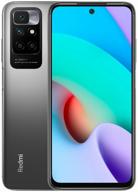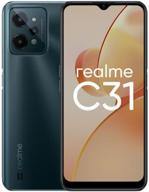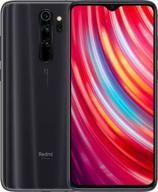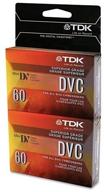
Review on 3000W Peak 9000W Pure Sine Wave Power Inverter - 3000W Continuous DC 12V AC to 110V RV Converter with Battery AC Charger, LCD Display - Low Frequency Solar Inverter for RV... by Jason Nguyen

I really wanted to please, but it has two downsides, one of which is fatal.
I really liked the features and of course the price of this device. I knew from other reviews that hot and neutral plugged into the rear jacks. I'm an electrical engineer and a lifelong repairer, so this little fix was a no-brainer for me. I then used it for about a year - a couple of trips in the van where we used the inverter function but mostly the charging function to keep the van running. The batteries are (mostly) completely discharged when parked. Then one day the van filled with acrid smoke, I didn't use the inverter just the shore power backup function. After turning off all power, I traced it to the AMPINVT inverter. After disassembling the board I saw that the connections to the large filter capacitors were burned out. Now remember that I am a true electrical engineer and this circuit is not new to me. The filter capacitors (an unnamed "Rulikon" - a cheesy, transparent knockoff of the respected "Rubicon") leaked and their caustic electrolyte slightly damaged the board. I could see where the electrolyte was dripping onto the case. When I looked at it I understood why. The original design (based on the silkscreen mark) called for 4 x 10,000uF capacitors. Eventually some sympathizer replaced it with two pieces of 22,000 uF capacitors - I think it's a question of economy. This has some disadvantages. First, the current in each capacitor is now doubled, and the equivalent ESR of the capacitor bank is now half. Also, I tried to find a 22,000uF, 50V pass-through capacitor like the original capacitors - there is no reputable manufacturer that does such a thing (according to Digi-Key). Until you get that big capacitor at that high voltage, they need much more powerful connections. I contacted the seller and gave him this information. They said they would send me a new board for $230 (no guarantee of course) and pleaded not guilty. The problem is that the replacement board still only has two cheap nameless capacitors installed, so failure is still inevitable. Instead I decided to buy four new high power capacitors (Kemet, made in EU, 16,000uF, 63V). , low ESR, screw terminals - the total cost of 4 capacitors was more than $60). I had to heavily modify the board to accommodate these new capacitors, but it was relatively easy for me. Why not just buy another inverter/charger? Firstly I like many design elements of this inverter, massive transformer, heavy wiring, good heatsinks etc. I was keen to fix it and keep it. And the other popular inverter chargers (Renogy and Aims) I looked at also had their fair share of horror story reviews. After my modifications I think the inverter is reliable now (knock on wood). However, unless you are a very experienced maker/hacker, this type of repair/modification is not possible. In summary, I cannot recommend this inverter charger in its current version. If they could just fix the output polarity issue and use 4 good quality capacitors this would be a good unit.
- Automotive
- Nothing here
New products
Comments (0)
Top products in 🔌 Car Electronics Accessories

Smartphone Xiaomi Redmi 10 2022 4/128 GB Global, Dual nano SIM, carbon gray

114 Review

Realme C31 Smartphone 4/64 GB Dual Nano SIM Dark Green

77 Review

Smartphone Xiaomi Redmi Note 8 Pro 6/128 GB Global, 2 SIM, Mineral Gray

91 Review

Smartphone Apple iPhone 13 128 GB, nano SIM+eSIM, Alpine green, Slimbox

108 Review
Another interesting products

Westin White Tea Home Diffuser Refill Cartridge - Signature Hotel Fragrance & Scent

16 Review

Yellowstone Season Complete Movies Collection

3 Review

🎥 2-Pack of 60-Minute Mini DVC Tapes

5 Review

✨ AIMISUV Blue Light Blocking Glasses 2Pack - Anti-Eyestrain Computer Gaming Glasses (Black Gold+Crystal Gold)

9 Review

